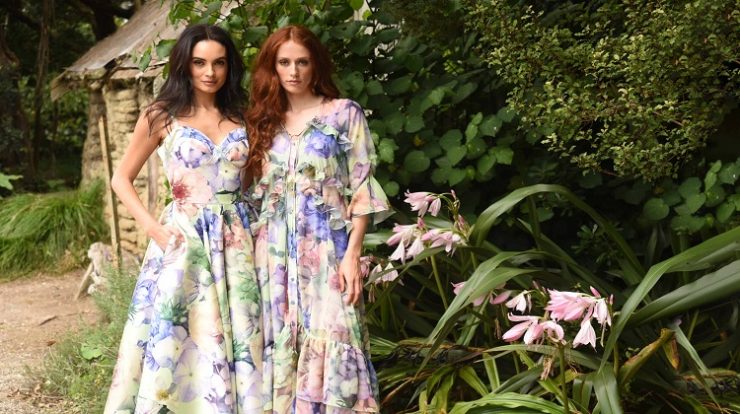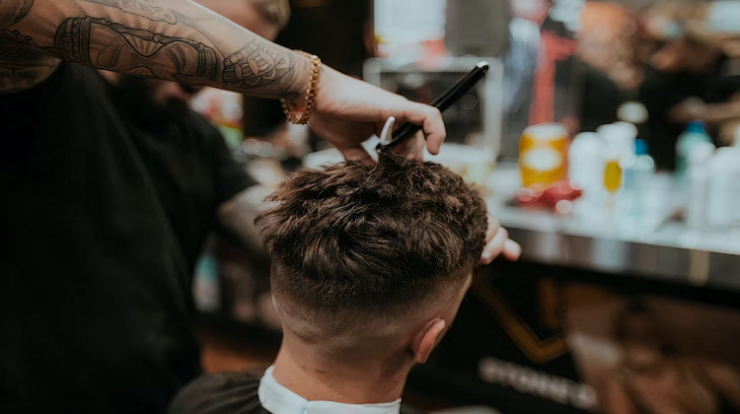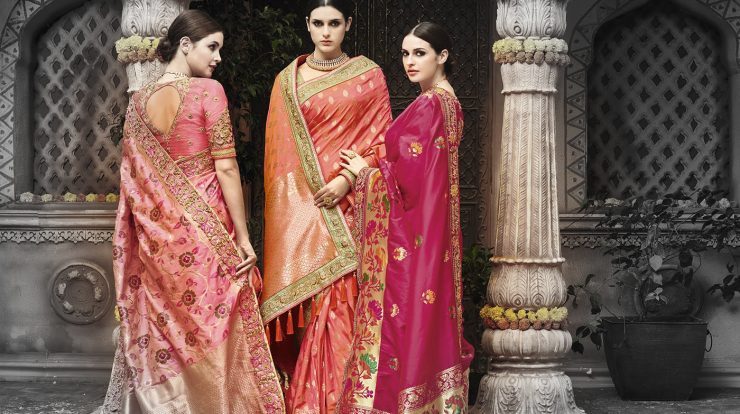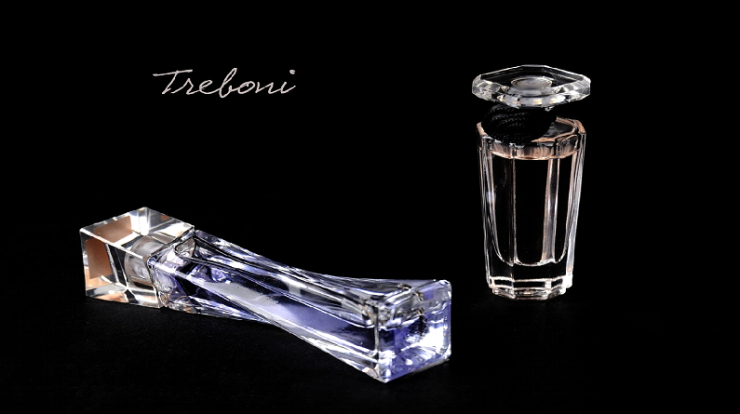
Fragrance is a general term for pleasant scents, while perfume specifically refers to a concentrated, long-lasting scented product. Fragrance encompasses a wide array of scented items, including perfumes.
Exploring the realm of scents reveals a fascinating world where fragrance and perfume hold their unique spots. Perfumes often stand out for their complex blend of essential oils and aroma compounds, delivering a signature scent designed to last throughout the day.
Meanwhile, the term fragrance represents the broader category of scents, inclusive of anything from household air fresheners to scented body lotions. Consumers seeking to enhance their personal scent profile typically turn to perfumes because of their higher concentration of fragrance oils and longer staying power.
Choosing between the two comes down to understanding the desired potency, usage, and occasion for wearing the scent.
Whether it’s spritzing a fine mist of perfume for an evening out or enjoying the light aroma of a scented candle at home, both fragrance and perfume have the power to transform our sensory experience.
Fragrance or Perfume Difference

When delving into the vibrant world of scents, one may encounter the terms ‘fragrance’ and ‘perfume’ used interchangeably. However, these terms have distinct meanings and implications that can greatly enrich our understanding and appreciation of scented products.
Let’s embark on an olfactory quest to distinguish between the subtle yet significant nuances of fragrance and perfume.
Understanding The Basic Distinction
The term fragrance is a broad category that encompasses any scent, regardless of its strength or origin. Fragrances can be found in a multitude of products, from household cleaners to personal care items.
On the other hand, perfume refers to a more concentrated, often more complex blend of aromatic compounds and essential oils, specifically formulated to be worn on the body. It is characterised by its longevity and potency, attributes that set it apart from lighter scents often labeled as colognes or toilettes.
Historical Origins And Evolution
The history of perfumery is as rich and layered as the scents themselves, originating in the ancient civilizations of Mesopotamia and Egypt before spreading to Rome and Persia. The craft evolved, incorporating rare and exquisite ingredients, leading to the development of the perfume industry in Renaissance Europe.
It was in 18th-century France that modern perfumery began to form, with the creation of fragrances that catered to the varying tastes and styles of the time.
Cultural Significance
Scents play a profound role in many societies, often intertwined with rituals, traditions, and personal identity. The use of fragrance can signify status, invoke memories, or be employed in religious practices.
Perfume, in particular, is considered an art form, with master perfumers, akin to chefs or fine artists, who blend scents to convey a mood, tell a story, or capture the essence of a place or moment in time.
Industry Standards For Nomenclature
The fragrance industry employs a specific vocabulary to categorize and describe scents. This nomenclature is essential for professionals and enthusiasts alike to communicate effectively about different scent experiences.
Standards dictate the concentration levels that define a perfume, Eau de parfum, Eau de toilette, and Eau de cologne, with men’s perfume oil typically containing the highest concentration of aromatic oils. Understanding these industry terms assists consumers in selecting the appropriate product for their desired intensity and duration of scent.
Unveiling Scent Secrets
Understanding the subtle yet profound differences between fragrance and perfume unravels the mystique of scent, a sensory experience that has captivated humanity for centuries. In this exploration, we delve into the essence of what sets these aromatic marvels apart, providing insights into their unique characteristics and creation.
The Role Of Essential Oils And Aroma Compounds
Both perfume and fragrance compositions deeply rely on the harmonious blend of essential oils and aroma compounds. Essential oils are extracted from natural sources like flowers, herbs, and spices, imparting authentic botanical notes to a scent profile.
On the other hand, aroma compounds, often synthetically produced, expand the olfactory palette with endless possibilities of unique scents.
- Essential oils offer a traditional approach, tapping into the inherent fragrances of nature’s bounty.
- Aroma compounds provide the creative freedom to construct novel and complex fragrances that nature cannot offer.
The Science Behind Scent Perception
When it comes to the psychology of scent, the story gets even more fascinating. Olfaction, the sense of smell, is intricately connected to memory and emotion. The scientific interplay between olfactory receptors and the brain’s limbic system gives certain scents the power to evoke strong emotional responses.
Whether it is a refreshing cologne or a warm, deep perfume, scent perception shapes personal preferences and fosters connections with the fragrances we wear.
The Art Of Blending Notes
Creating a memorable essence isn’t just about selecting ingredients; it’s about the expertise in blending notes. Perfumes are typically structured in a three-part pyramid:
- Top notes, the initial, lighter scents introduce the fragrance.
- Heart notes, represent the core of the perfume’s identity.
- Base notes, which provide a lasting impression and depth.
Master perfumers artfully construct these layers to unfold over time, creating a dynamic scent journey. Fragrances can be more straightforward or complex, depending on their intended use and brand identity, but regardless, the vigilant process of balancing these olfactory elements defines the signature of each unique scent.
Composition And Concentration
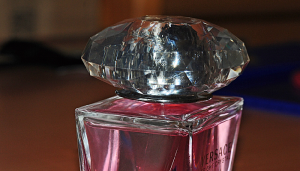
Understanding the intricate world of fragrances dives beyond the allure of scents; it’s an exploration of the meticulous crafting behind the bottle. Composition and Concentration stand as vital elements that define the personality, longevity, and intensity of perfumes.
Both elements are fundamental in distinguishing various types of fragrances from one another, leading to an array of scent experiences. Let’s unwrap the mysteries of these aromatic concoctions and decipher how they influence our choice in selecting the perfect fragrance.
Eau De Toilette Vs. Eau De Parfum
| Eau de Toilette (EDT) | Eau de Parfum (EDP) |
| Lighter concentration: 5-15% perfume essence | Higher concentration: 15-20% perfume essence |
| Typically offers a fresh, light aroma | Delivers a richer, more robust scent profile |
| Suitable for daytime and warmer seasons | Better suited for evening wear and cooler months |
| Lasts for about 3 to 4 hours | Lasts for approximately 4 to 5 hours |
Picking between Eau de Toilette and Eau de Parfum is more than a mere choice of fragrance—it’s about the strength and longevity that align with your lifestyle and scent preferences.
Factors Influencing Fragrance Strength
A perfume’s strength is not solely dictated by its composition, but also by various other factors:
- Oil Concentration: Higher concentration means a stronger and longer-lasting scent.
- Application Area: Warm skin areas like the wrist and neck can amplify the fragrance.
- Body Chemistry: Each individual’s skin reacts uniquely to perfume due to pheromones and oils.
- Environmental Factors: Humidity, temperature, and even your diet can impact a scent’s strength and endurance.
Attention to these factors can maximize the potential of your chosen scent, ensuring it complements your presence without overpowering it.
Optimal Application Techniques For Longevity
To ensure that your fragrance lasts longer and resonates throughout the day, consider these optimal application techniques:
- Moisturize before application to give the scent something to adhere to.
- Apply to pulse points such as wrists, neck, and behind your ears.
- Avoid rubbing the scent in, as this breaks down the molecules and can alter the profile of the fragrance.
- Store perfumes in a cool, dry place out of direct sunlight to preserve their integrity.
Employing the correct application techniques can significantly extend the life of your fragrance, allowing you to savor the aroma for hours on end.
Crafting The Perfect Scent Profile
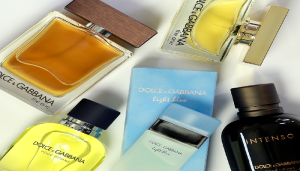
Embracing the myriad of scents available to the discerning consumer, crafting the perfect scent profile is akin to a form of olfactory artistry. A masterfully crafted alcohol free perfume for ladies is not just a blend of random smells; it’s a structured composition designed to evoke emotions and create lasting impressions.
Understanding the complexity of fragrance structures and how they interact with personal chemistry and contexts can elevate the experience from merely smelling pleasant to truly captivating.
Defining Top, Middle, And Base Notes
Top notes, often called the headnotes, are the initial impression of a fragrance. They are light, volatile aromas that introduce the scent profile but evaporate quickly. Common top notes include citrus and herbaceous smells. Middle notes, or heart notes, form the core of the fragrance, unfolding as the top notes dissipate.
These notes are well-rounded and emerge after the initial surge, often floral or fruity in nature. Finally, base notes provide depth and longevity to a perfume. They are rich, heavy aromas that linger long after the other notes have faded, often including woods or resins.
The Effect Of Skin Ph On Fragrance
The unique chemistry of an individual’s skin can significantly alter a perfume’s scent profile. Personal skin pH, which can vary due to factors like diet, skin type, and even hormonal changes, influences how a fragrance interacts with the skin.
Perfumes can smell subtly different or undergo noticeable changes when applied to various individuals. Knowing one’s skin pH can lead to more informed choices in selecting a fragrance that complements one’s natural scent.
Seasonal And Occasion-appropriate Fragrances
Selecting a fragrance goes beyond personal preference; it extends to considering the time of year and the context in which the scent will be worn. Typically, lighter, fresher fragrances are favored during the spring and summer months, aligning with the season’s airy and vibrant mood.
Conversely, winter calls for warmer, spicier notes that echo the season’s cozy and introspective ambiance. Beyond seasons, scents can be chosen to suit specific occasions—light and unobtrusive for the office, while bold and sensual may be reserved for evening events.
Niche And Designer Fragrance Or Perfume Difference
The ‘Niche and Designer Fragrance or Perfume Difference’ is a subject that often catches the attention of scent aficionados and fashion-forward individuals alike. Both realms boast their unique offerings, charm, and ardent followers, but they stand apart in fundamental ways.
Let’s delve into the subtle yet significant dissimilarities between niche and designer fragrances, illumining what sets each category apart.
Characteristics defining niche scents
Characteristics Defining Niche Scents
Niche fragrances are synonymous with artisanal craftsmanship and uniqueness. Here are key characteristics that define these scents:
- Exclusivity: Niche perfumes are produced in smaller quantities, offering a sense of individuality.
- Innovative Scents: Often featuring rare and unusual notes, these fragrances push olfactory boundaries.
- Quality Ingredients: A commitment to high-quality, sometimes organic or sustainably sourced ingredients is a staple of niche perfumes.
- Storytelling: Each scent often embodies a narrative, crafted to evoke emotions or memories.
- Artisanal Production: Meticulous attention to detail in both the formulation and packaging highlight the creator’s vision.
Popular Designer Perfume Trends
Contrasting with their niche counterparts, designer fragrances often reflect the latest trends in fashion and culture. Explore some of the most popular trends in designer perfumes:
- Gender-fluid Fragrances: Perfumes that transcend traditional gender norms are increasingly popular.
- Celebrity Endorsements: High-profile celebrity associations continue to drive the allure of designer scents.
- Sustainability: Eco-friendly practices are becoming more common, influencing perfume packaging and ingredients.
- Layering Scents: The trend of creating a personalized fragrance by layering different scents is on the rise.
The balance between exclusivity and mass appeal.
The Balance Between Exclusivity And Mass Appeal
Fragrance brands often strive for the perfect equilibrium between creating a unique identity and catering to a wider audience. Demonstrating a balance between exclusivity and mass appeal, they:
- Limited Editions: Designer labels occasionally release limited-edition scents to offer exclusivity.
- Wide Distribution: To reach a broad consumer base, designer fragrances are accessible through various retail channels.
- Brand Heritage: Many brands leverage their rich history and reputation to appeal simultaneously to both niche markets and the general public.
- Accessibility: Affordable pricing and promotional offers often make designer perfumes more accessible than niche scents.
Scent Secrets Unveiled In Marketing
Embarking on a journey through the intricate world of fragrance marketing unravels the subtle nuances and psychological ploys employed to captivate our senses. The essence of perfumery lies not just in the scent itself, but also in the allure fostered through shrewd marketing techniques.
‘Scent Secrets Unveiled in Marketing’ focuses on the compelling strategies that brands use to entice consumers into a fragrant embrace, from the power of advertising psychology to the lavish presentation and celebrity allure.
The Psychology Of Fragrance Advertising
Fragrance advertising is a masterful dance that plays with our emotions and memories. The right scent can transport us to a cherished moment in time, trigger a deep-seated emotion, or even influence our perception of a brand.
Marketers capitalize on this by crafting campaigns that evoke these responses through impressive visuals, strategic storytelling, and olfactory imagery that fires up the imagination. The connection forged between the fragrance and an aspirational lifestyle proves pivotal in swaying purchasing decisions.
Packaging And Presentation Influence
In the world of perfumery, the outer shell speaks volumes about the liquid gold it encases. Perception of luxury, quality, and identity starts with eye-catching packaging and exquisite bottle designs.
Brands invest heavily in creative packaging as a silent salesman that promises to deliver the experience held within. Whether it’s through minimalist elegance or opulent ornateness, the visual appeal of fragrance packaging works in tandem with the scent to solidify consumer attraction and loyalty.
Celebrity Endorsement Impact
Celebrities wield an immense influence in fragrance marketing, often serving as the face, and sometimes the nose, behind top-selling scents. A celeb’s endorsement can catapult a fragrance from obscurity to ubiquity, thanks to their extensive reach and devoted fanbases.
Fans yearn for that personal connection, and aligning a fragrance with a celebrity persona crafts a narrative that consumers eagerly aspire to.
This association is not just about leveraging fame; it’s about infusing the scent with the charisma and essence of the endorser, making it an irresistible proposition to fans.
Frequently Asked Questions For Fragrance Or Perfume Difference
What Distinguishes Fragrance From Perfume?
Fragrance is a light, subtle scent often used in skincare and cosmetics. Perfume is a concentrated blend of oils, offering a long-lasting, distinct scent.
Is Eau De Toilette A Fragrance Or Perfume?
Eau de toilette is a type of fragrance, lighter than perfume. It contains a lower concentration of aromatic oils, providing a softer scent.
Can Cologne Be Called A Perfume?
Cologne can be considered a perfume, specifically designed for men. It has a lower concentration of oils than traditional perfume, resulting in a fresher scent.
How To Choose Between Fragrance And Perfume?
Consider the occasion and longevity. Fragrances are suitable for subtle, everyday wear while perfumes are for lasting, pronounced scents suitable for special events.
Conclusion
Understanding the distinction between fragrance and perfume is key for any scent enthusiast. It empowers you to make informed choices about the scents you wear. Remember, perfumes offer a more concentrated scent and longer-lasting wear, while fragrances provide a lighter touch.
Selecting the right scent can be a personal journey, one that reflects your style and essence. Choose wisely, embrace your signature aroma, and let your scent speak volumes.
Author Bio:
Sayed Sayeedur Rahman is a certified digital marketer, Search Engine Optimization Specialist, and content writer. He’s a certified professional with extensive professional experience working with USA and UK-based companies to grow their businesses. He’s the Co-Founder of TechLookBD and Digitize Online digital marketing agency.


